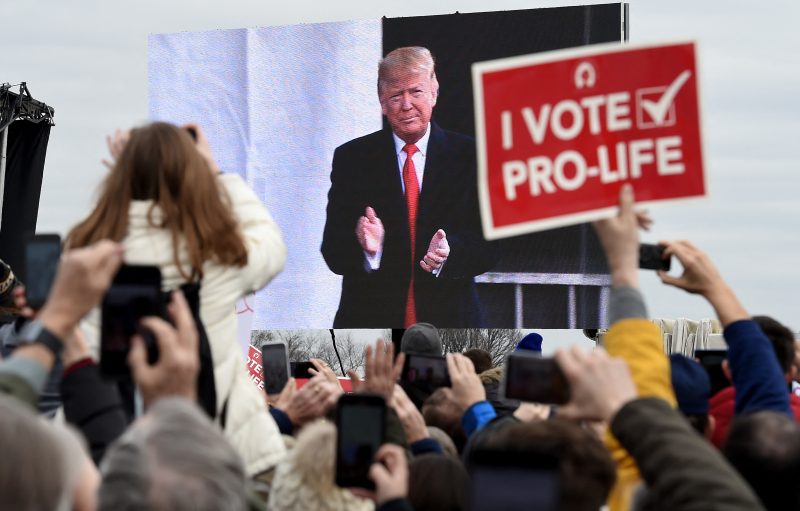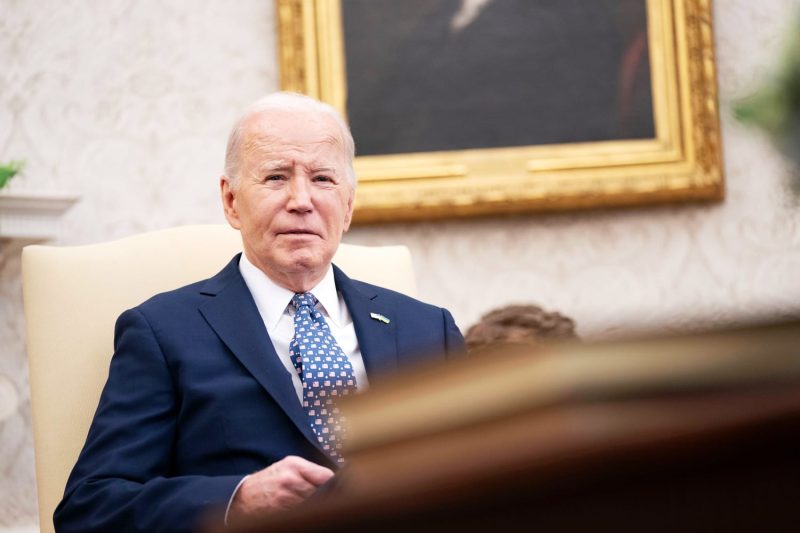In a shift that caught many by surprise, President Donald Trump recently declared his support for an approach that empowers states to determine their own policies regarding abortion. This move marks a significant departure from the administration’s previous stance on reproductive rights and has sparked heated debate across the political spectrum.
The decision to embrace states’ rights on abortion reflects a complex interplay of political, legal, and ideological factors. For Trump, known for his unpredictable and often divisive policy decisions, this move represents a strategic shift aimed at appeasing both his base and moderate voters ahead of the upcoming election.
One of the key factors that likely influenced Trump’s decision was the shifting landscape of abortion laws across the country. In recent years, several states have passed restrictive abortion legislation, triggering legal challenges and public outcry. By embracing states’ rights, Trump may be seeking to align himself with the growing momentum of anti-abortion movements in conservative states while distancing himself from the controversy surrounding federal abortion laws.
Furthermore, Trump’s decision may also be driven by a desire to shift the focus away from his administration’s controversial track record on reproductive rights. Over the past four years, the Trump administration has taken a series of actions to roll back access to reproductive healthcare, including expanding the global gag rule and appointing conservative judges to federal courts. By embracing states’ rights on abortion, Trump may be attempting to reframe the narrative around his administration’s policies and appeal to a broader range of voters.
From a legal perspective, Trump’s decision to defer to states on abortion raises a host of complex questions about the balance of power between the federal government and individual states. While the Supreme Court’s landmark decision in Roe v. Wade established a woman’s constitutional right to choose, the issue of abortion has long been a flashpoint in the debate over states’ rights. Trump’s endorsement of state autonomy on this issue may further fuel the ongoing legal battles over reproductive rights and set the stage for a potential showdown in the courts.
In the midst of this uncertainty, one thing remains clear: the battle over abortion rights shows no signs of abating. As states continue to weigh in with their own laws and policies, the future of reproductive rights in America hangs in the balance. Trump’s decision to go with states’ rights on abortion may have far-reaching implications for the ongoing debate over reproductive rights and set the stage for a new chapter in the fight for women’s autonomy.


























